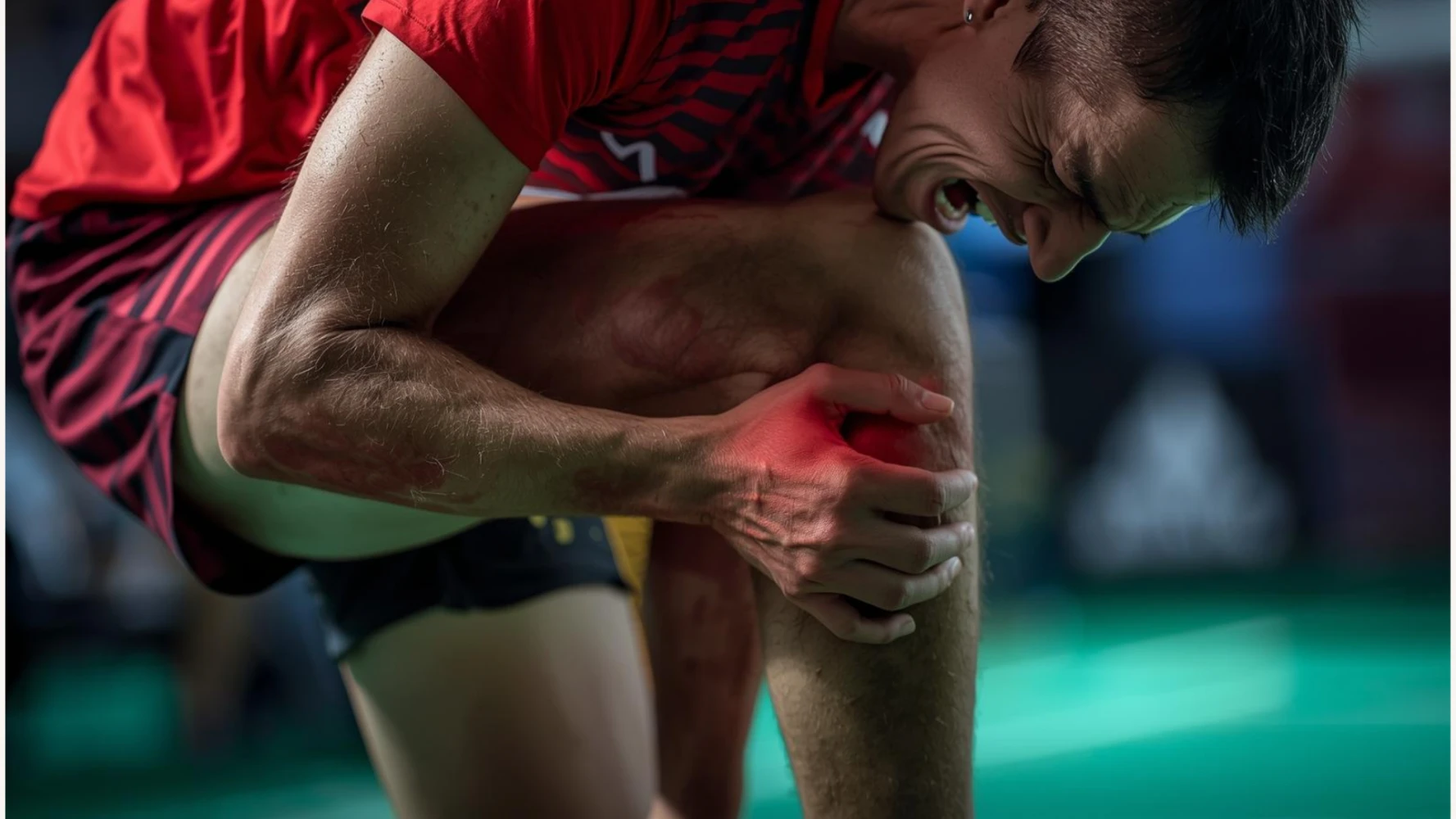Choosing a padel racket is a crucial moment. Beyond the shape and weight, one of the most important technical criteria is the type of carbon fiber used for its surface. The terms 3K, 12K, or 18K are often seen on models, but what do they really mean, and how do they influence your game? Here is a guide to understanding the difference between these materials and making the best choice.
What Does Carbon (K) on a Racket Mean?
The carbon (K) refers to the number of carbon filaments per bundle. The racket is made of several layers of these bundles.
3K means each bundle is composed of 3,000 carbon filaments.
12K means 12,000 filaments.
18K means 18,000 filaments.
The higher the number (K), the greater the number of filaments. This makes the racket more rigid, harder, and generally heavier. Conversely, a lower number results in a more flexible racket, offering more give.
Carbon: From 3K to 24K, Power and Rigidity
The choice of carbon fiber is based on a spectrum ranging from flexibility and control to raw power.
Flexible fibers (3K, 6K): Control and feel. These rackets are ideal for players who seek precision and great playing comfort. They absorb vibrations better and are more forgiving, making them perfect for intermediate players and those who suffer from arm pain.
Balanced fibers (12K, 15K): The perfect balance. Medium-density fibers offer an excellent compromise between power and control. They allow for a good feel on the ball while generating power on smashes. It's the ultimate versatile choice for regular players.
Rigid fibers (18K, 24K): Pure power. These rackets are designed for very advanced and professional players. Their high rigidity allows them to return the ball with explosive power. They require a solid technique to be mastered and are less forgiving on off-center hits.
Conclusion: The Right Compromise Between Power and Control
Choosing the type of carbon is a balance between the power you want to generate and the control you need. For beginners and intermediate players, a fiberglass or 3K/6K carbon racket is often the best choice, as it offers more comfort and forgiveness. More experienced players, on the other hand, will turn to more rigid fibers to maximize their power. The important thing is to choose equipment that matches your level and playing style to progress without risking injury.




Comments